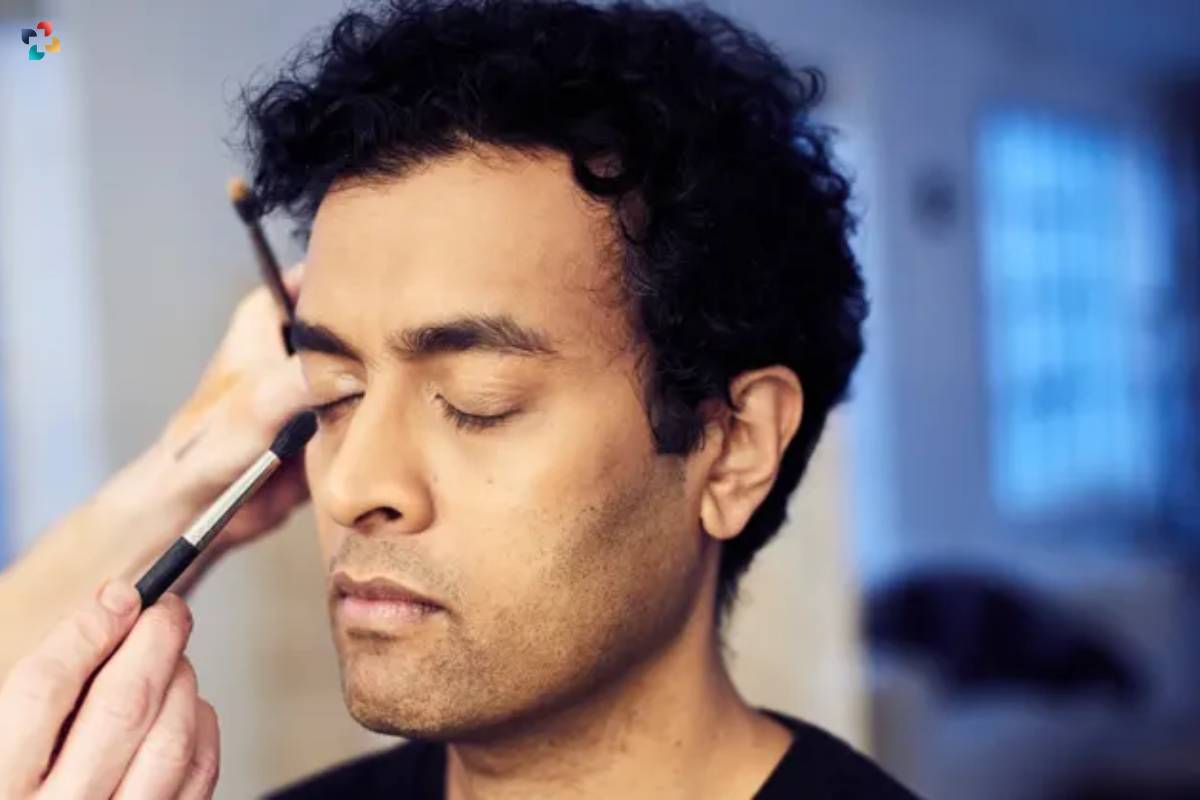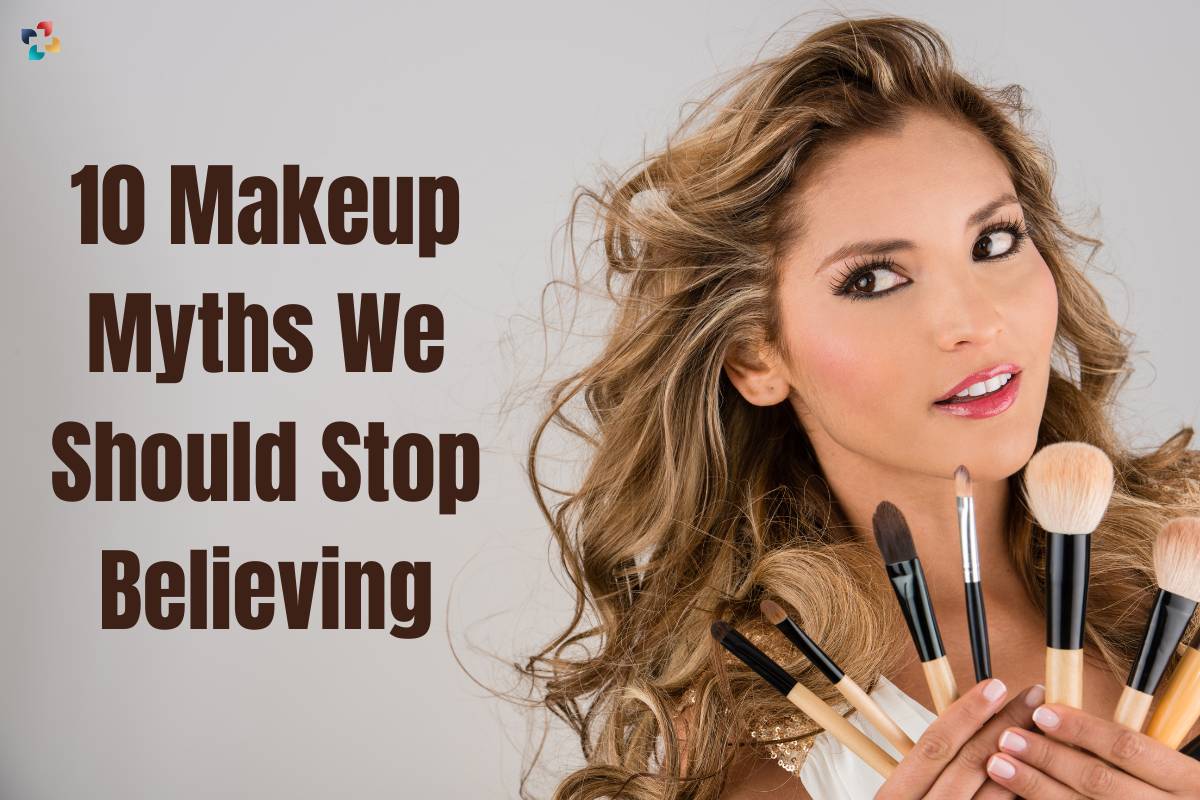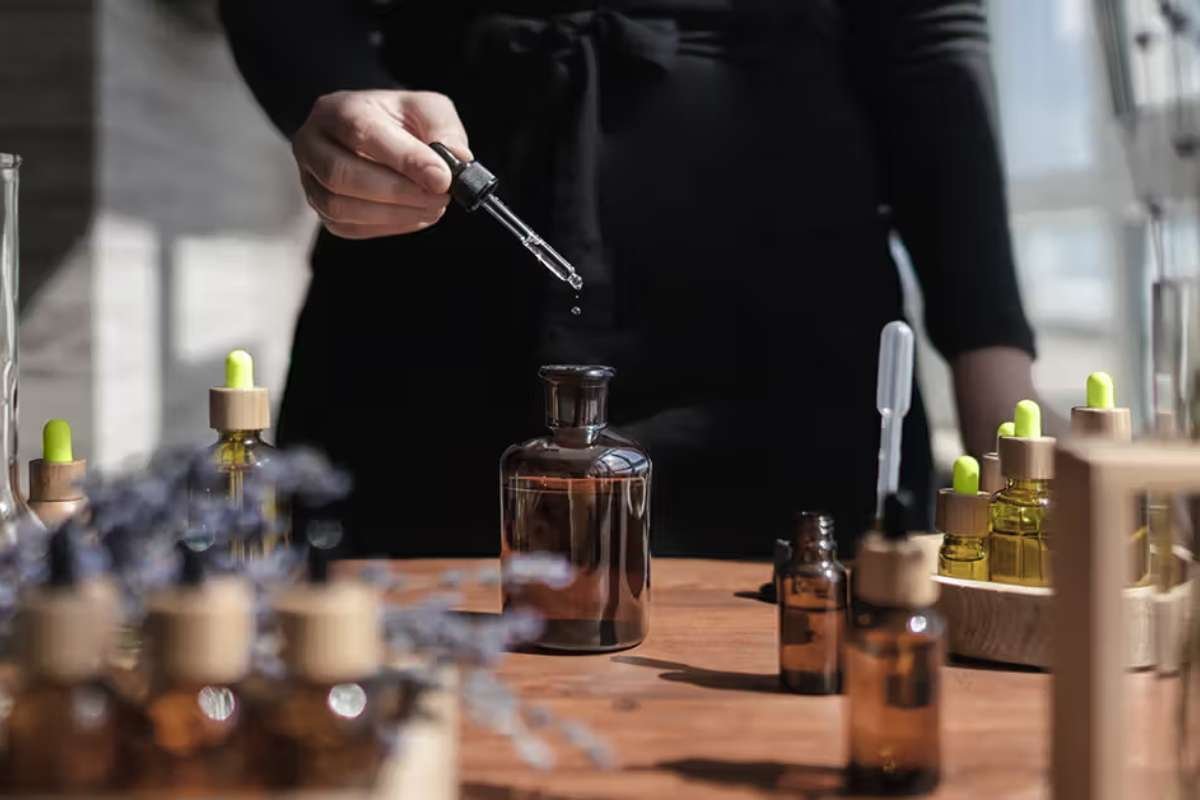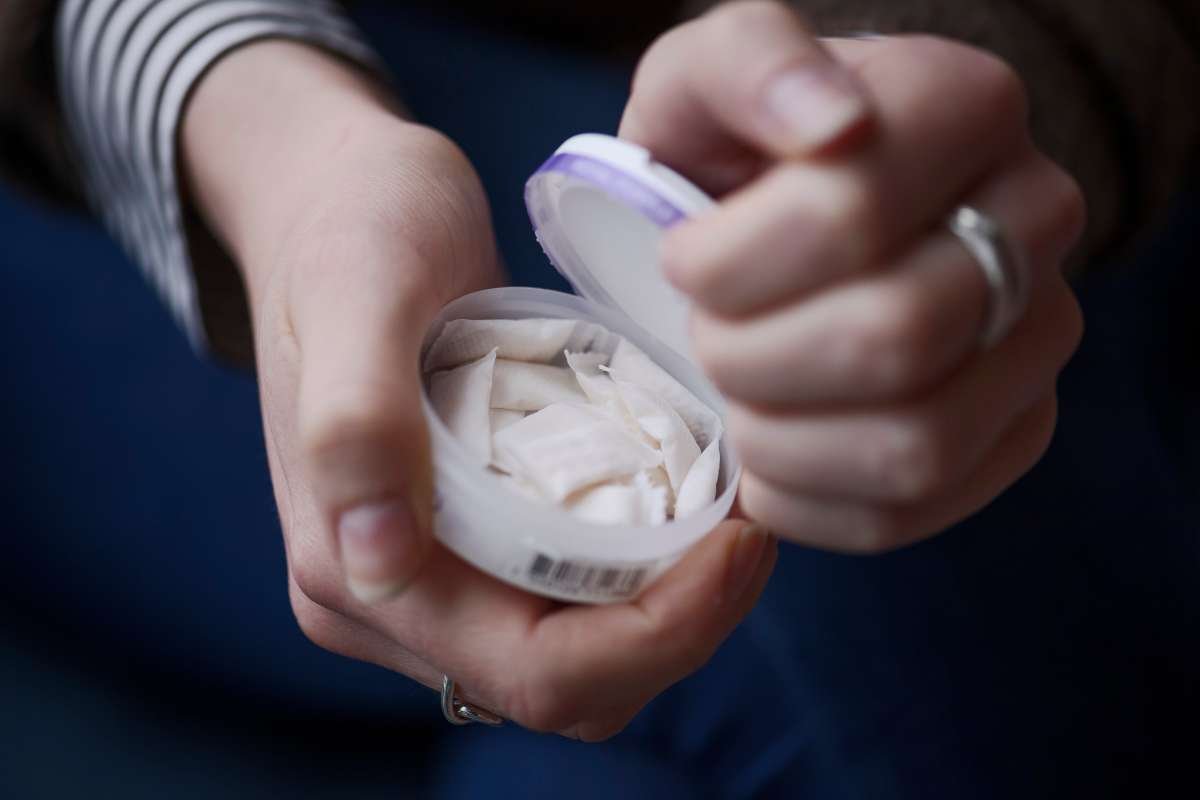When it comes to makeup, women need to be more careful than ever. The products they use and the chemicals they possess can have some adverse effects on the skin. But this thing is too over-emphasized at times, which creates confusion among cosmetic product consumers. It results in the hovering of makeup myths in the market and creates chaos. Makeup has an integral part to play in human history. However, in the world of cosmetics, there are numerous makeup myths that persist, misleading consumers and impacting their shopping experiences. We will debunk 10 common makeup myths, shedding light on the facts behind each one and exploring how these misconceptions can tarnish a brand’s image and undermine the consumer’s trust.
Here are 10 Makeup Myths We Should Stop Believing:
Myth #1: High-End Makeup is Always Better
Fact: While high-end makeup brands often boast luxurious packaging and marketing campaigns, the price tag doesn’t always equate to product quality. Many drugstore brands offer high-quality makeup products at a fraction of the cost.
Impact on Shopping Experience: Believing this myth can lead consumers to overspend on products without considering more budget-friendly alternatives.
Brand Image: This myth can damage the reputation of affordable makeup brands that offer quality products, causing consumers to dismiss them in favor of pricier options.
Myth #2: Natural Makeup Products are Always Safe

Fact: The term “natural” doesn’t guarantee a product’s safety. Even natural ingredients can cause allergies or skin reactions in some individuals. It’s essential to read ingredient labels and perform patch tests. This is one of the most believed makeup myths.
Impact on Shopping Experience: Relying on this myth can lead consumers to neglect proper ingredient research, potentially causing skin issues.
Brand Image: Brands that genuinely prioritize safety and transparency may suffer if consumers perceive all-natural products as infallible.
Myth #3: Makeup Causes Acne
Fact: While heavy, pore-clogging makeup can contribute to acne, not all makeup products are problematic. Non-comedogenic and oil-free formulas exist to reduce the risk of breakouts.
Impact on Shopping Experience: Fearing acne can deter consumers from exploring makeup, and missing out on products suitable for their skin.
Brand Image: Makeup brands specializing in acne-friendly products may struggle if consumers associate makeup with breakouts.
Myth #4: Makeup Expiration Dates are Not Important
Fact: Makeup does expire, and using expired products can lead to bacterial contamination, skin irritations, and reduced effectiveness. This is one of the most believed makeup myths.
Impact on Shopping Experience: Ignoring expiration dates can result in consumers using products that no longer perform as intended.
Brand Image: Brands emphasizing product safety may suffer if consumers disregard expiration guidelines.
Myth #5: Makeup Ingredients Don’t Matter
Fact: Makeup ingredients matter greatly, especially for individuals with sensitive skin or allergies. Understanding ingredient lists can help consumers make informed choices.
Impact on Shopping Experience: Neglecting ingredient knowledge can lead to purchasing products that irritate the skin or exacerbate existing conditions.
Brand Image: Brands focused on ingredient transparency and hypoallergenic formulations may struggle if consumers believe that ingredients are irrelevant.
Myth #6: Makeup Must Be Applied Heavily to Be Effective

Fact: Makeup can be applied lightly for a natural look or built up for more dramatic effects. The amount applied depends on personal preference, not efficacy.
Impact on Shopping Experience: Believing this myth may lead to uncomfortable, heavy makeup applications that don’t align with individual style.
Brand Image: Brands promoting versatile makeup options may face challenges if consumers perceive makeup as an all-or-nothing endeavor.
Myth #7: Makeup Can Fix Flawless Skin Overnight
Fact: While makeup can conceal imperfections temporarily, it cannot replace a skincare routine for long-term skin health.
Impact on Shopping Experience: Over-relying on makeup to solve skincare issues can hinder consumers from investing in proper skincare products.
Brand Image: Skincare-focused brands may struggle if consumers believe that makeup alone can replace effective skincare.
Myth #8: Makeup Causes Premature Aging
Fact: Makeup itself doesn’t cause premature aging. However, sleeping with makeup on can clog pores and contribute to skin issues, potentially making skin appear older.
Impact on Shopping Experience: Blaming makeup for premature aging can lead to unwarranted fear and anxiety among consumers.
Brand Image: Makeup brands can face undue criticism if consumers wrongly associate their products with aging concerns.
Myth #9: Makeup is a One-Size-Fits-All Solution
Fact: Makeup should be tailored to individual skin types, tones, and preferences. What works for one person may not work for another. In makeup myths, this is a normal myth considered to be true.
Impact on Shopping Experience: Believing that makeup is universally suitable can lead to frustration when products don’t perform as expected.
Brand Image: Brands that offer diverse shade ranges and customization options may struggle if consumers assume that all makeup is equally versatile.
Myth #10: Makeup is Only for Women

Fact: Makeup is a form of self-expression and enhancement for everyone, regardless of gender. Makeup is not limited to one gender or identity. Last but not least, this is again a biased sort of makeup myth. In a diverse culture, a lot of times makeup is used by men and women in order to perform at a program or any stage show.
Impact on Shopping Experience: Holding onto this myth can make individuals feel excluded from the world of makeup, limiting their opportunities to explore and express themselves.
Brand Image: Brands that embrace inclusivity and diversity may face backlash if consumers perceive makeup as a gendered product.
Conclusion:
These 10 makeup myths have persisted for far too long, potentially undermining the makeup shopping experience and harming brands that prioritize quality, safety, and inclusivity. As consumers, it is crucial to educate ourselves, dispel these myths, and make informed choices when it comes to makeup products. In doing so, we can create a more empowering and enjoyable makeup journey while fostering trust in the brands that genuinely cater to our diverse needs and preferences.









